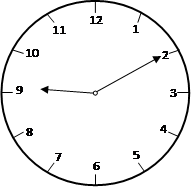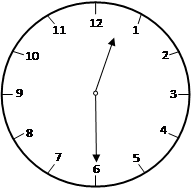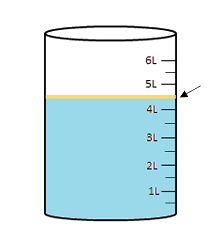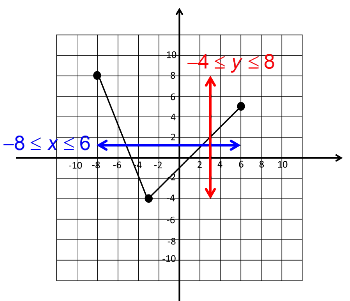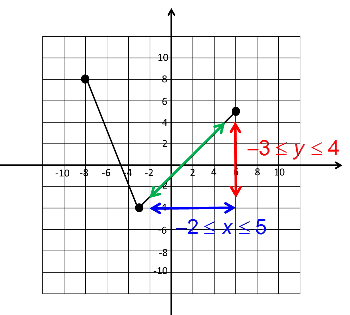Try a selection of free FSA mock questions with full answer explanations taken from across the grade range. Start your preparation with these questions and continue with our FSA Practice Pack.
Note: the FSA Practice Pack is NOT included in our Premium Membership.
FSA Practice Test – Getting the Most Out of Your Preparation
Your child will face standardized assessments throughout his or her academic lifetime. These assessments are important, and your child’s enjoyment of school and well-being is too. At TestPrep-Online, we don’t believe in hours of unproductive and dull practice. We develop our practice packs to be fun, engaging, and helpful for students taking FSA Assessments, and parents who are committed to helping their students succeed.
The sample questions below give an indication of the material your child will encounter throughout his or her academic lifetime. TestPrep-Online believes that smart practice coupled with the right planning and preparation materials can give your child the best platform to performing his or her strongest on test day.
Math 3rd Grade Free Sample Questions
The following questions are written for 3rd grade students preparing for the FSA Math assessment.
Question 1
The first clock shows the time the party started. The second clock shows the time the party ended.
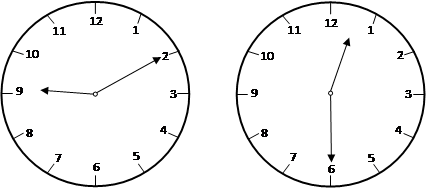
How long did the party last?
Question 2
Laura has a container with blue paint. She needs to paint three houses that are the exact same size. Painting each house requires twice the amount of blue paint shown below.
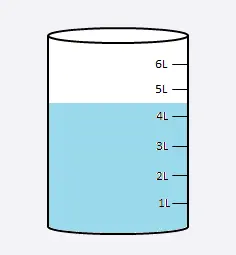
How much blue paint will Laura use to paint the three houses?
Math 4th Grade Free Example Questions
The following questions are written for 4th grade students preparing for the FSA Math assessment.
Question 1
In the gym hall, there are 14 soccer balls and three times more basketballs. How many soccer balls and basketballs are there altogether in the gym hall?
Question 2
Which of the following numbers should go in the box to make this equation true?
302 – 203 + 24 = 147 – 75 + ⬜
Reading 4th Grade Free Sample Questions
The following question is written for 4th grade students preparing for the FSA ELA Reading assessment.
Question
Read the following sentence from paragraph 1 (on the actual test, a passage with several paragraphs will be given).
"Mark was very scared when he had to visit the dentist, although he was slightly reassured when the dentist welcomed him with a benign smile."
What does benign smile mean as it is used in this sentence?
Reading 10th Grade Free Example Questions
This question is written for 10th grade students preparing for the FSA ELA Reading assessment. There are two parts to the question, each with separate answer and explanation sections.
Read the passage from "William Faulkner's Nobel Acceptance Speech" and then answer the questions.
Passage 1: from William Faulkner's Nobel Acceptance Speech (1950)
by William Faulkner
- Our tragedy today is a general and universal physical fear so long sustained by now that we can even bear it. There are no longer problems of the spirit. There is only the question: When will I be blown up? Because of this, the young man or woman writing today has forgotten the problems of the human heart in conflict with itself which alone can make good writing because only that is worth writing about, worth the agony and the sweat.
- He must learn them again. He must teach himself that the basest of all things is to be afraid; and, teaching himself that, forget it forever, leaving no room in his workshop for anything but the old verities and truths of the heart, the old universal truths lacking which any story is ephemeral and doomed — love and honor and pity and pride and compassion and sacrifice. Until he does so, he labors under a curse. He writes not of love but of lust, of defeats in which nobody loses anything of value, of victories without hope and, worst of all, without pity or compassion. His griefs grieve on no universal bones, leaving no scars. He writes not of the heart but of the glands. [passage continues]
This question has two parts. First, answer Part A. Then, answer Part B.
Part A – Question
What is the author of Passage 1 primarily concerned with?
Part B – Question
Which quotation from Passage 1 supports your answer in Part A?
Algebra 1 EOC Free Sample Questions
The following two questions are written for students preparing for the FSA EOC Algebra 1 assessment.
Question 1
David figures out that:
Part of his work is shown below:
Which expression or equation should be placed in the blank to correctly complete David’s work?
Question 2
Find the range of the function sketched below for the domain between -2 and 5.
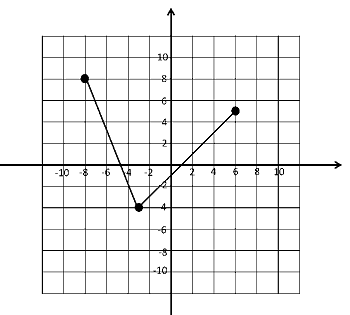
Algebra 2 EOC Free Example Questions
The following question is written for students preparing for the FSA EOC Algebra 2 assessment.
Ian invested some money in a savings account. The amount of money he has saved, in $, after T years can be found using the equation shown.
Question
Ian invested some money in a savings account. The amount of money he has saved, in $, after T years can be found using the equation shown.
To the nearest tenth of a year, how many years will it take for him to have $12,000?
FSA Online Preparation
As a leader in e-learning services, TestPrep-Online constantly strives to create practice resources identical to the actual tests students take every day. We provide a range of material—from study guides and questions to online training sessions and pdf printable test guides. Our mock tests are always accompanied by extensive answer explanations to guide learning, as well as a full breakdown of scores. We pride ourselves on creating comprehensive test prep materials that help thousands of people prepare for tests with confidence. Start practicing with us today!
